Sometimes the combination of old and new gives surprising results. There are some fantastic lenses from the analogue days, which can be easily connected to modern digital cameras with adapters. One of these is the Russian portrait lens Helios 40-2 85mm F1,5. There is a lot of technical information about Helios available on the Internet; I give you some usage tips based on personal experiences.
First of all: the Helios 40 is a completely manual lens! Anyone who does not like to take pictures without autofocus, automatic aperture control and stabilizer should stay away from this objective. With the Helios you have to manually adjust focus and aperture. This is no lens for quick snapshots!
The lens is a real giant - it weighs almost one kilogram. On the other hand, it has with f1,5 a very large aperture and is very solid. Helios 40 has cult status in some circles and is respectfully called the "Bokeh-Monster". Not without reason, I think.
Because of its large aperture 1: 1.5 the lens has a very short depth of field. This means that the object can be presented in front of a blurry, almost ‘floating’ background. The object is in this way centered by the surrounding, blurred, almost impressionistic background.
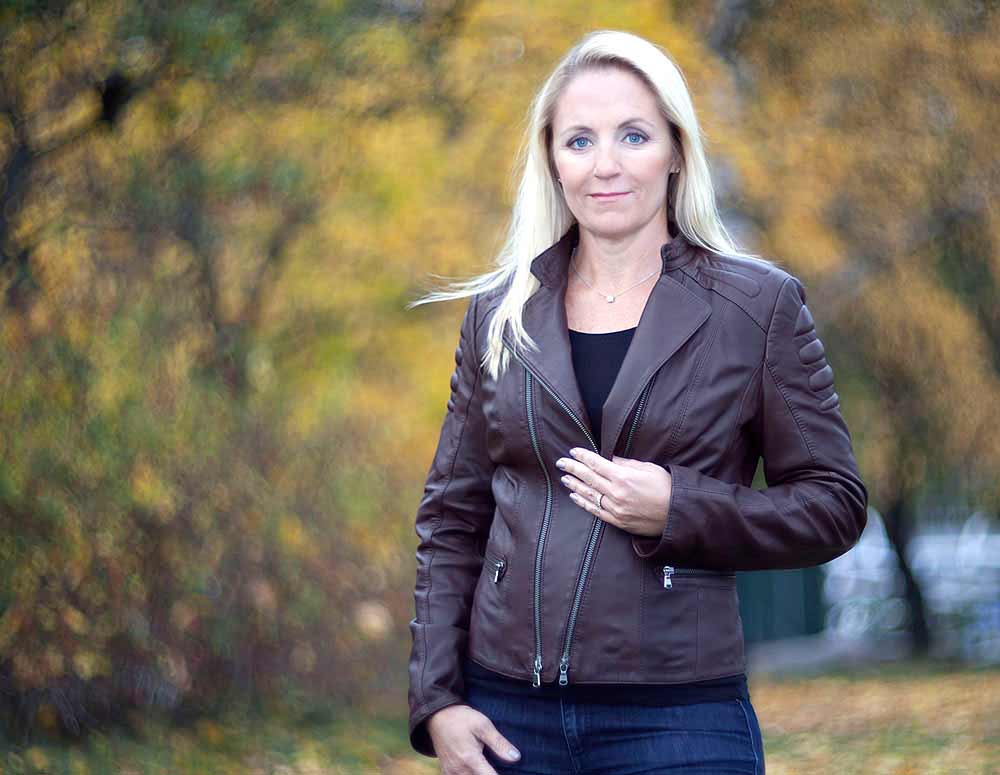
Shot with open aperture / F1,5 1 / 125sek, with a Canon 5D Mark II
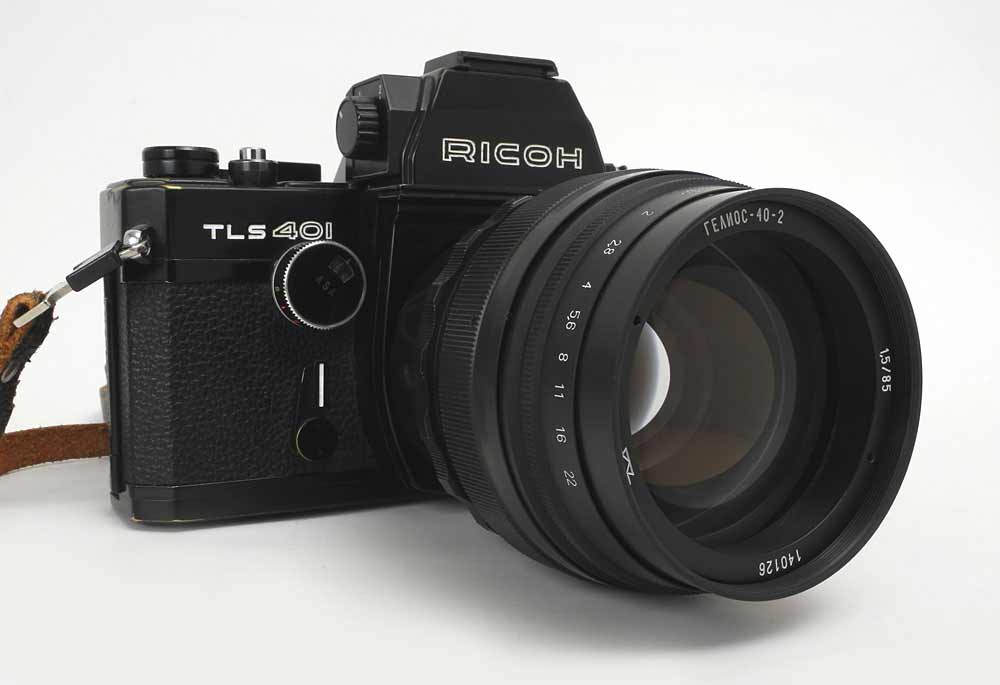
Mostly I use it on digital cameras. In order to take advantage of the special "Swirl bokeh" effect one should use this lens on a full frame digital camera.
Also the distance to the object affects the result - the closer you get, the stronger the blur becomes in the background. On the other hand, the short depth of field makes portraits of too short distance impossible. Here, one has to find a workable compromise.

Evening light with Helios 40-2 85mm, 1/200 sec F1,5, ISO 1600
Night portrait with Helios 40-2 85mm - 1/50sec, F1,5, ISO 1600
Night portrait with Helios 40-2 85 mm - 1/30 sec, f5.6, ISO 1600
Night portrait with Helios 40-2 85mm - 1/20 sec, F8, ISO 1600




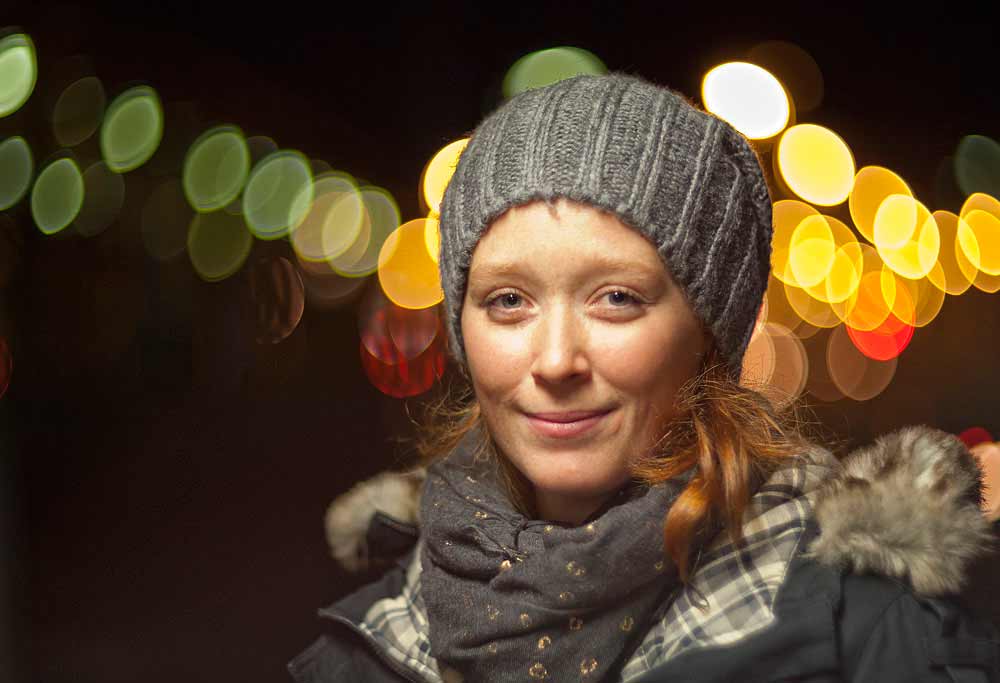
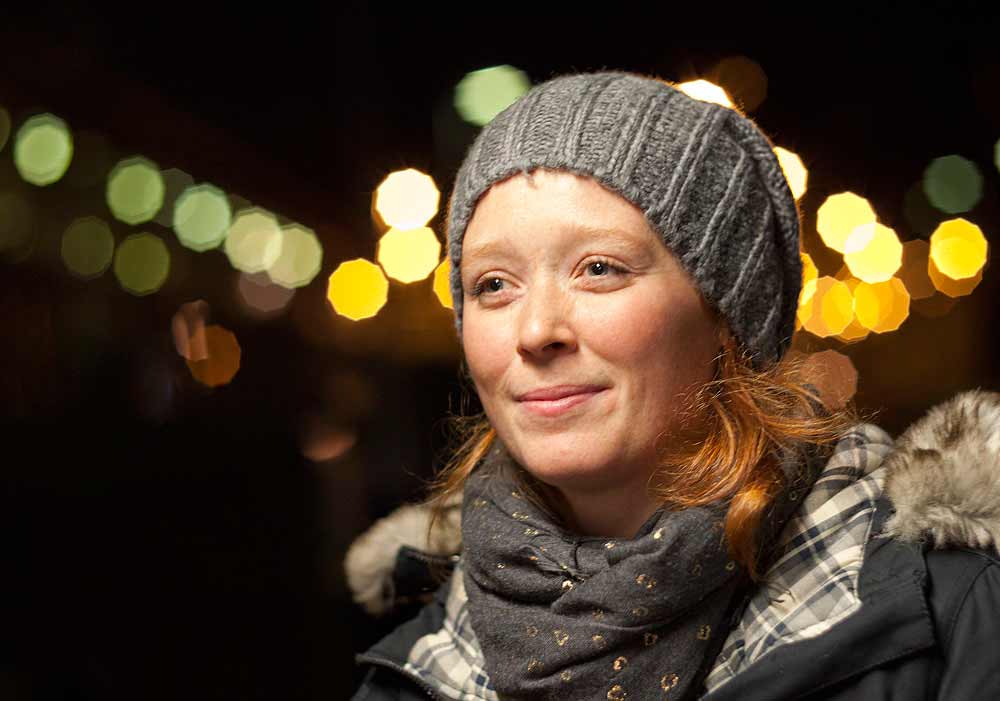
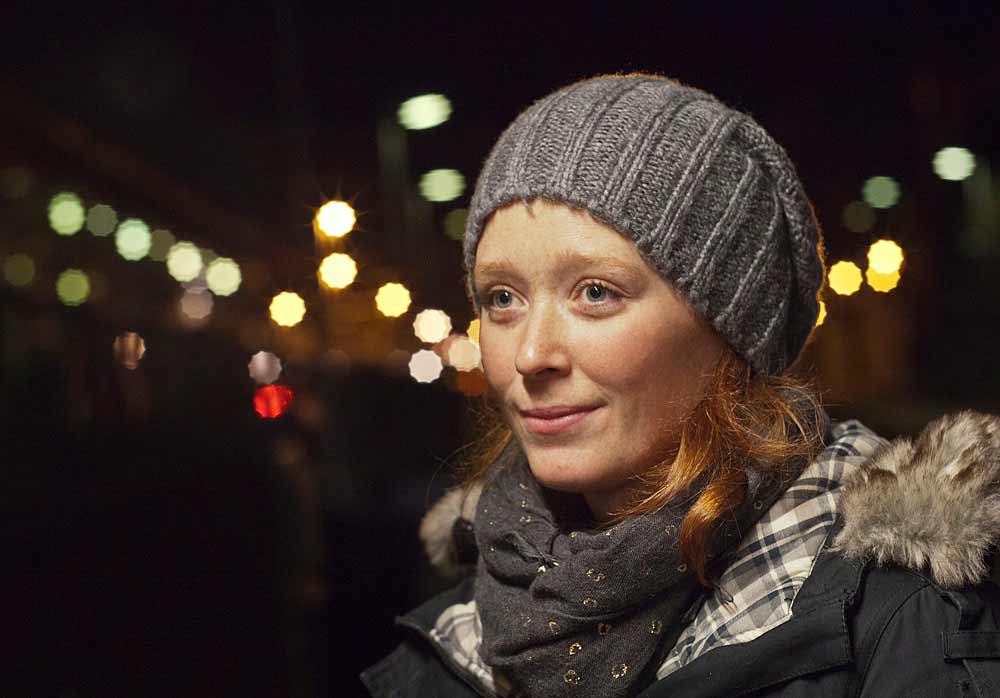
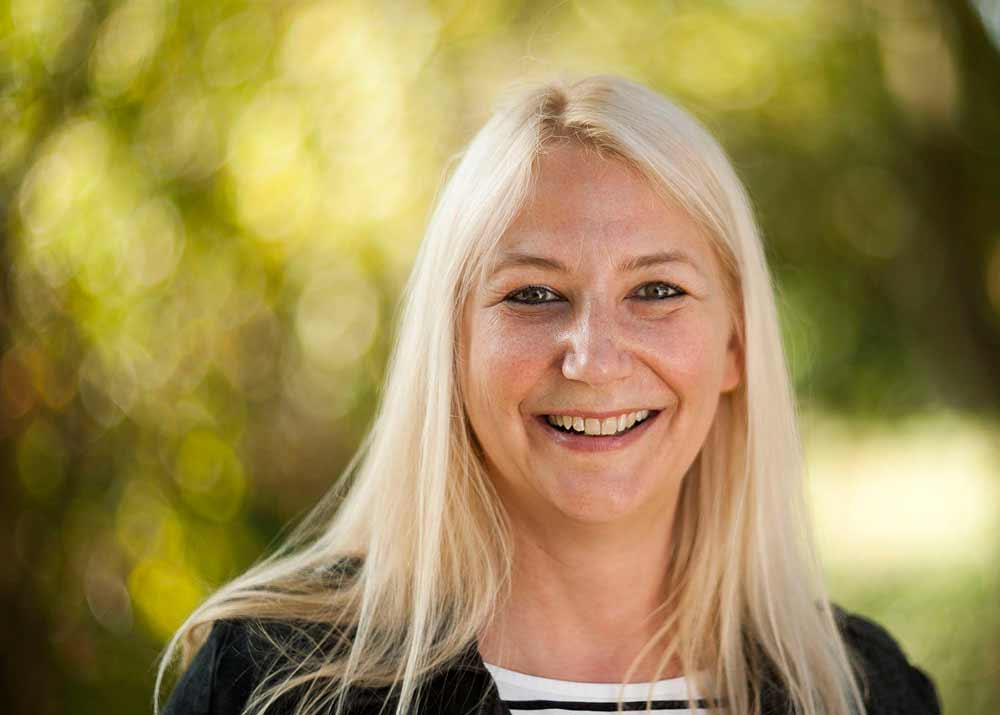
 Webseite auf Deutsch
Webseite auf Deutsch Website in English
Website in English Hemsida på svenska
Hemsida på svenska